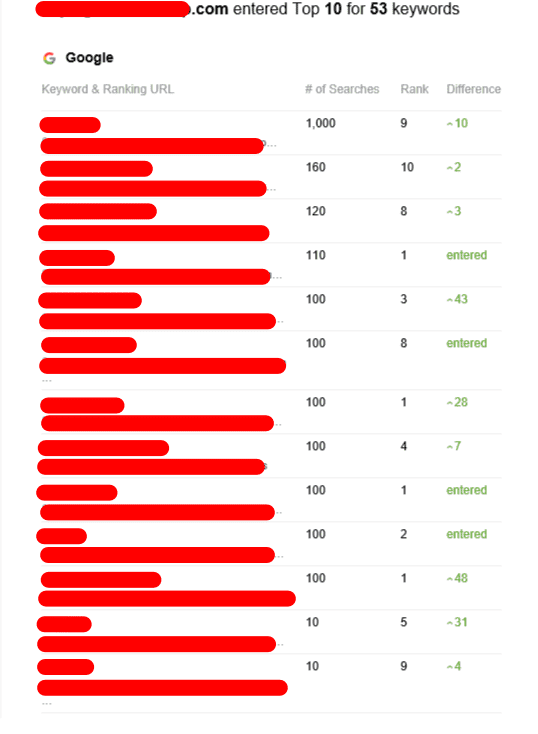Tiered Link Building - The Dangers of Black Hat Link Building
Tiered link building is a great method of improving your search engine rankings. However it is important to note that it can be risky If you are using black-hat link-building methods. Search engines such as Google have been slashing down these practices for years, with their numerous updates.
Avoid black-hat tactics such as PBNs and blogging comments. These methods are ineffective and can lead to penalties from Google.
First-tier links
This method of building links involves placing links onto websites with an excellent Domain Authority (DA) and a large amount of traffic each month. It is a fantastic way to make your website visible by search engines. It's not the ideal solution for every scenario. Although it may temporarily improve your rankings, you should still be concerned about the quality and quantity of your backlinks.
The purpose of first-tier backlinks is to build your profile by adding a few high-quality, natural-looking links. This will enable you to be found for keywords that are relevant to your field. This will also help you build an improved reputation for your website which is essential for getting the most visitors from search results.
While some SEOs who are black hat advocate tiered link building, it's still a risky option. It's not in accordance with Google Webmaster Guidelines, and if an actual human reviewer is aware that something is not right, they can take a manual action which could have a drastic impact on your rank.
You should make your first-tier link look as natural as possible to avoid this risk. This means they must provide value to the article within which they are embedded, and should not be obvious or spammy. You should also verify whether the directory where you put your first-tier link is classified by Google. You can confirm this by typing in the URL of the directory into any search engine, such as Google and checking how many results show up.
Second-tier links
Tiered link building is a great method to increase the power of your PBN However, it comes with a risk. Google is cracking down on links that appear to be fake, and low-quality links that tiered linking relies on is less effective over time. This type of link building could result in penalties for your site, and can even decrease your rank.
To avoid a penalty It is essential to use white hat methods for your second-tier links. You can find high-quality articles on websites relevant to your area of expertise. These links will have more authority than comments and forums, and are more likely to be clicked by people who are interested. You can also submit your articles to directories relevant to your topic. Another excellent option is to sign-up for HARO, an email subscription service that sends daily emails that contain topics reporters are seeking to cover.

Second-tier backlinks don't just increase the authority of your PBN but can also improve the quality and quantity of your primary backlinks. This is because, if you create second-tier links for sites with strong domain authority, they'll aid to boost the authority of your primary backlinks. To maximize the benefits of this approach it's recommended to use an assortment of second-tier links that stand alone and second-tier links that are used in conjunction with primary links.
Third-tier links
Tiered link building has become a popular method to boost the credibility of websites. It can be used to boost rankings, boost the number of visitors, and increase revenue. This technique involves using a chain of backlinks that slowly improves in quality. It also helps to bypass spam filters.
If not done correctly, link building for tiers can be a risky process. tiered backlink could penalize your website by removing excessive links that are of poor quality. This is because tiered linking isn't in accordance with Google's Webmaster Guidelines.
Tier 1 links are among the top quality backlinks you can get. They should be anchored with the keywords you're targeting and be relevant to the content on your site. This will help your site rank for the keyword you're aiming for, which will result in more visitors.
Tier 2 links are a bit less important. They're typically links to blogs, directories Q&A sites, as well as social media profiles. Tier 3 links tend to be slightly more shady, but they can be useful. They include comment sections, forums and bio-profile links. In general, people who are involved in tiered link building tend to overlook quality, relevance, context, and context at this stage. They employ automated tools to create third-tier links, and link them to low-authority web pages.
Fourth-tier links
Tiered link building is a powerful method that can boost the rank of a website's organic search. However, it's only efficient if used in combination with other white-hat SEO strategies. Google may penalize your site for not following these guidelines. Google penalizes websites using tiered links as they are usually coupled with low-quality content.
Tiered links may also be linked to blogs and websites with poor quality. They can lose value if search engines start to view them as spammy and irrelevant. These links can also be found on low-quality profiles on social media and web 2.0 platforms and other websites that feature user-generated content. These backlinks tend to be of low quality and can be created by using automated tools.
Alongside these drawbacks tiered links could result in a profile of backlinks that is exaggerated and could hurt a website's search optimization. It can be difficult to distinguish between high-quality and low-quality links. Furthermore, it can be expensive for businesses to maintain a lot of backlinks. It is advisable to employ an approach to build links that is tiered in conjunction with an extensive content marketing campaign. This will ensure your content is relevant to your target audience and more likely to draw traffic towards your website.
